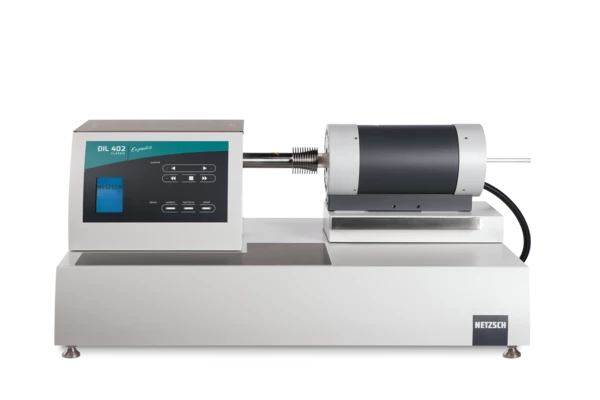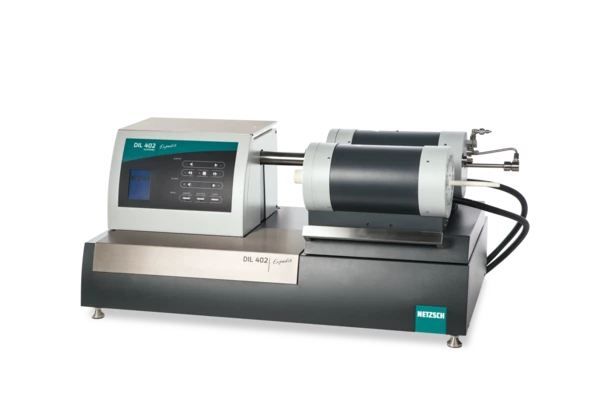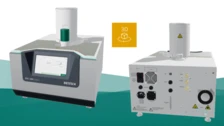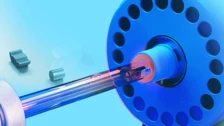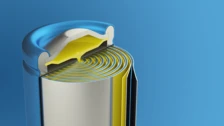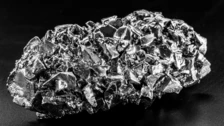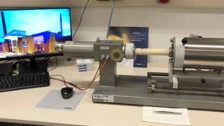DIL
Dilatometry
Dilatometry (DIL) allows for the study of length change phenomena of ceramics, glasses, metals, composites, and polymers as well as other construction materials, thus revealing information regarding their thermal behavior and about process parameters or SinteringSintering is a production process for forming a mechanically strong body out of a ceramic or metallic powder. sintering (and Curing (Crosslinking Reactions)Literally translated, the term “crosslinking“ means “cross networking”. In the chemical context, it is used for reactions in which molecules are linked together by introducing covalent bonds and forming three-dimensional networks.curing) kinetics.
Dilatometry (DIL) is the method of choice for highly precise measurement of dimension changes to solids, melts, powders and pastes at a programmed temperature change and with negligible sample StrainStrain describes a deformation of a material, which is loaded mechanically by an external force or stress. Rubber compounds show creep properties, if a static load is applied.strain.
The DIL systems are based on relevant instrument and application standards, e.g., ASTM E831, ASTM E228, ASTM D696, DIN 51045, DIN EN 821
DIL 402 Expedis Classic
Dilatometry Redefined.
The dilatometer DIL 402 Expedis Classic offers state-of-the-art dilatometer technology and is designed for sophisticated applications. Like all instruments of the DIL Expedis series, the Classic version features the revolutionary NanoEye measuring cell; a new dimension in measuring range and accuracy.
DIL 402 Expedis Select, Supreme & Supreme HT
Dilatometry Redefined.
The dilatometer DIL 402 Expedis Select, Supreme & Supreme HT offer state-of-the-art dilatometer technology and are designed for a wide range of sophisticated applications. All instruments of the DIL Expedis series feature the revolutionary NanoEye measuring cell; a new dimension in measuring range and accuracy.
Technical setup of a dilatometer

Application Literature
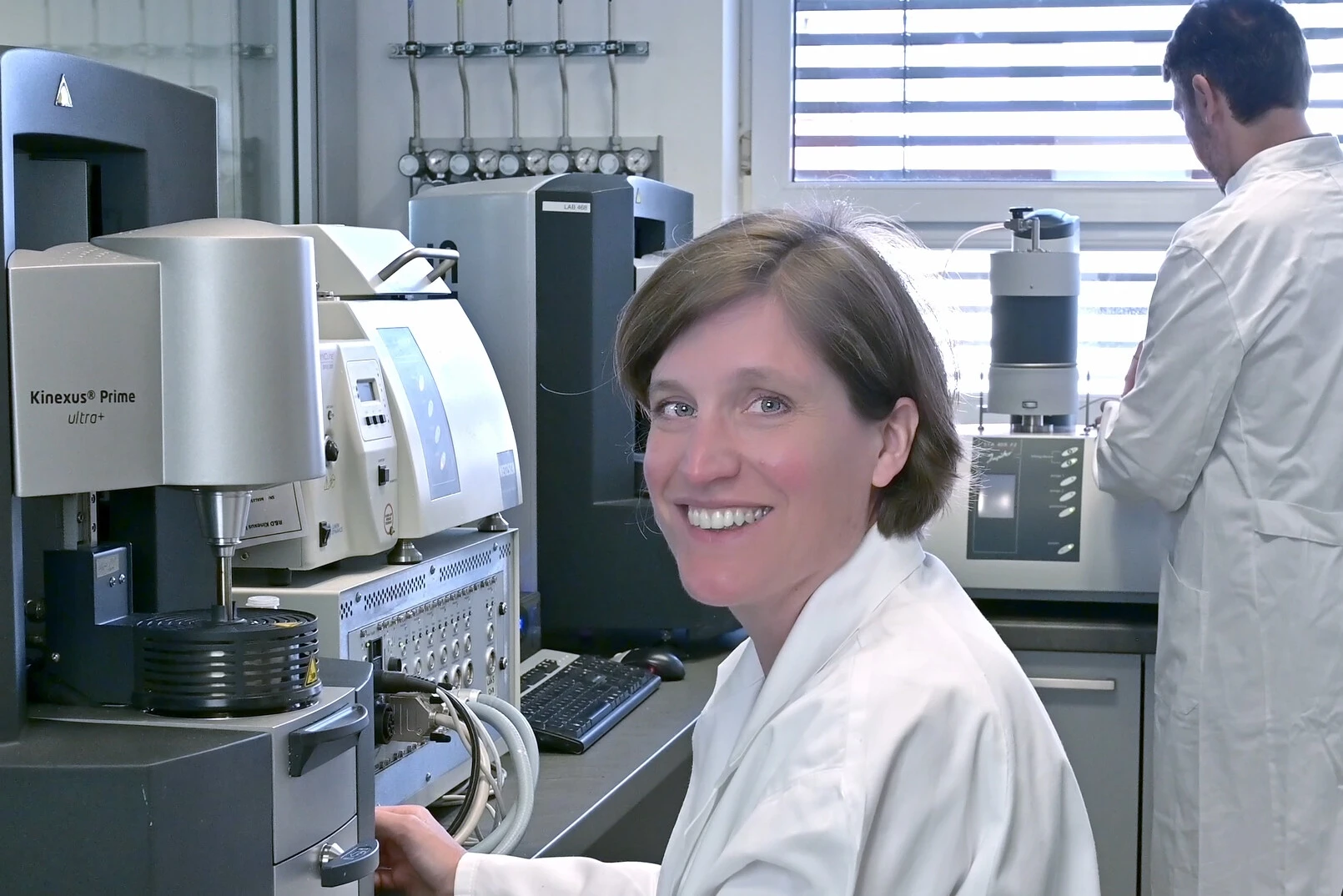
MEASUREMENT WANTED?
Our NETZSCH applications laboratory is providing contract testing services for a wide range of industries and research centers. It is equipped with state-of-the-art testing instruments allowing for a variety of thermal analysis measurements to be carried out.
Consult with the experts in our applications labs to choose the best-suited measuring method for your specific needs.
